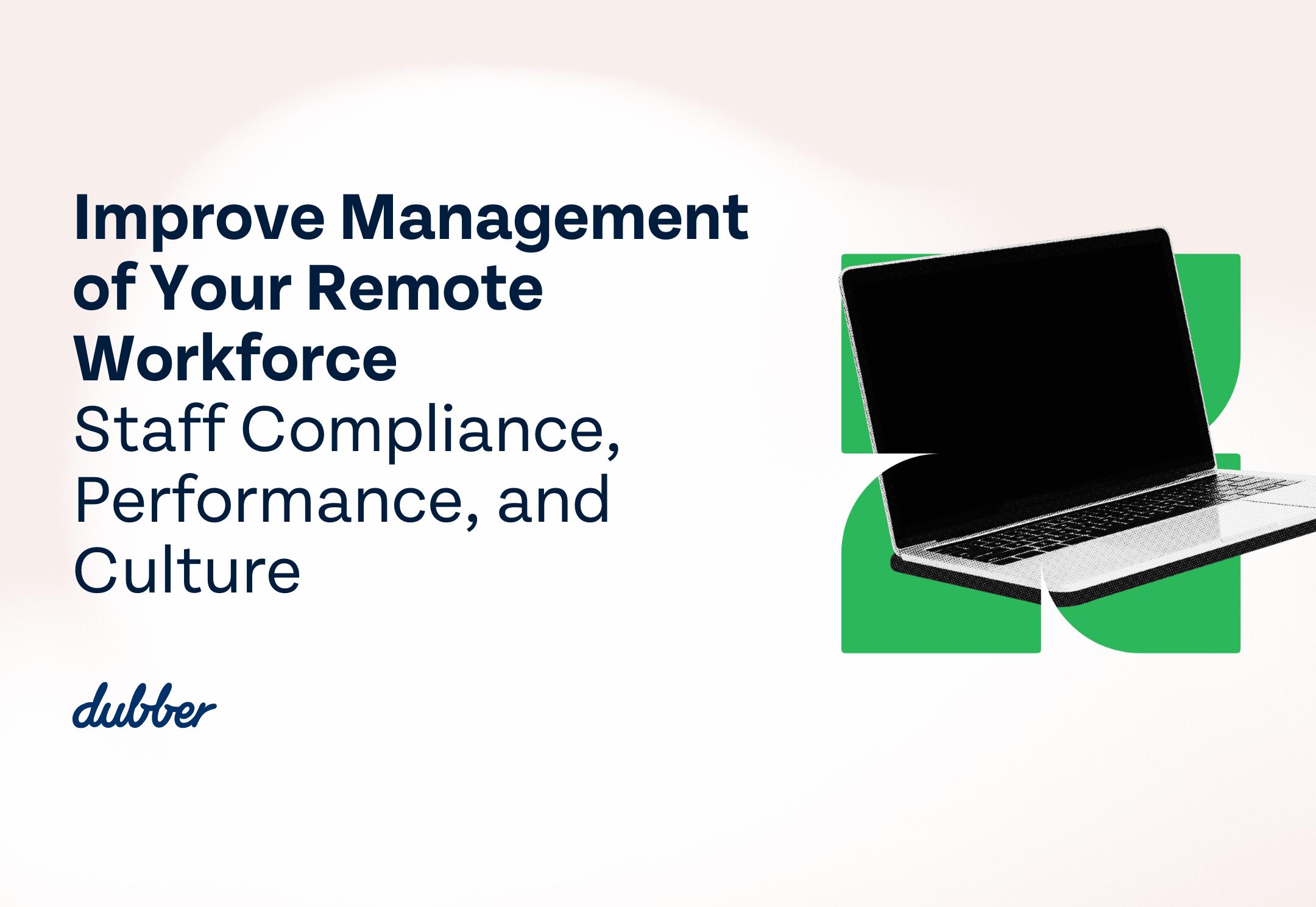
With trusted data and responsible, advanced intelligence powering every insight, Dubber is equipping organisations across industries to extract meaningful, accurate, and traceable information that delivers immediate business value.
Extract Trusted Insights from Your Data
Trust is the foundation of any effective intelligence platform. Without reliable data, AI becomes unpredictable, and can introduce risk rather than reduce it. At Dubber, we’ve built our AI powered insights so that every data point can be traced, verified, and acted on with certainty.
Our patented technology gives us full control over how your data is captured, processed, and protected. This means we can capture the most valuable information from your conversations in ways that are fully auditable and transparent. With the ability to trace the source of any insight in just three clicks, you can see exactly where the data came from, how it was processed, and how insights were extracted. This level of visibility builds business confidence, because when you understand your data, you can trust the decisions it informs.
Using AI with Responsibility
As AI becomes widely embedded across customer service, compliance, and operations, businesses have a duty to ensure it’s used ethically and responsibly, with full transparency and human oversight. At Dubber, our AI is continuously refined, trained, and reviewed by our expert team who understand the business outcomes it supports for fairness, relevance, and accuracy at every stage.
The Dubber platform is deployed with the highest standards of quality, security, and compliance aligned to global data protection and AI ethics. Through responsible AI, businesses gain the ability to drive sustainable growth without compromising on trust or integrity, delivering advanced voice intelligence that is as responsible as it is powerful.
When your AI is responsible, your data becomes trustworthy and when your data is trusted, your insights become powerful. We’re committed to delivering solutions that you can trust. Contact us here for more information: contactus@dubber.net











